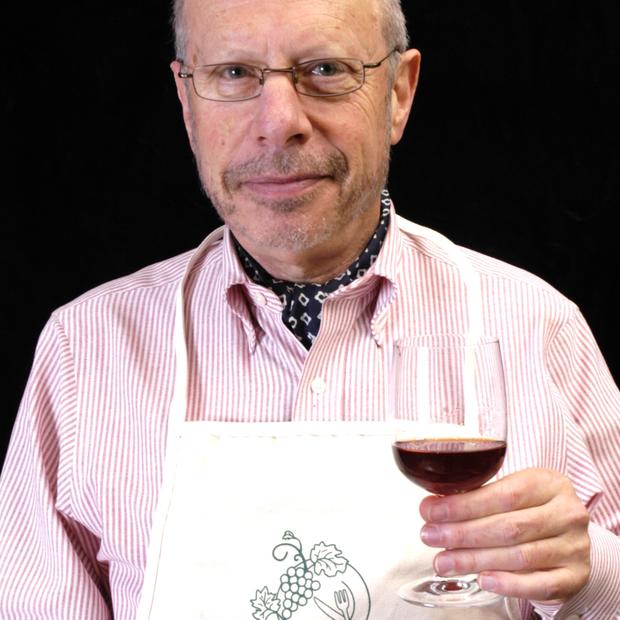Paul Havas, the landscape painter who died of pancreatic cancer last week at the age of 71, was a prolific, gifted, and enthusiastic ambassador for the serenity of his adopted Northwest, moving easily from the quiet, confident vibrancy of Seattle at night to the wistful, fog-shrouded expanses of Western Washington's valleys and waterways.
Havas was raised in New Jersey and graduated from Syracuse. He arrived in Seattle in 1963 and earned a master of fine arts degree from the University of Washington.
His "Night City" paintings of the 1980s evoke a dormant, languid Seattle, with muted flashes of light that foreshadow its vitality. His mountain series was more abstract, with powerful shapes and jagged contrasts.
In his career, Havas returned again and again to the flatlands of the Skagit Valley, the Snohomish Valley, and the Long Beach peninsula, much as the plein-air painters of Paris moved from the city to the river estuaries of the coast of France. In cranberry bogs and tulip fields he found a vivid foreground; in the long, low oyster sheds of Willapa Bay a steady keel for what his fellow plein-air artist William Elston called his "wet, salty landscapes." It was Elston who anointed Havas the Poet Laureate of Northwest landscape painting.
Havas started showing at the Gordon Woodside Gallery in 1970. His most recent one-man show two years ago, at what is now the Woodside/Braseth Gallery, showed what Crosscut called "a calmer, more confident artist, no longer shrouding his scenery in mists and fog but giving them stronger light, cleaner lines and evanescent reflections of sheds and cabins on the ponds and backwaters of the valley floor."
Glenda McPherson, a Madrona neighbor of Havas and the owner of one of his Skagit Valley canvases, said, "I delight every day in the product of his heart, mind and soul. I am truly sad, for me and for Seattle."
A memorial service is being organized by the Woodside/Braseth Gallery, 206-622-7243.


